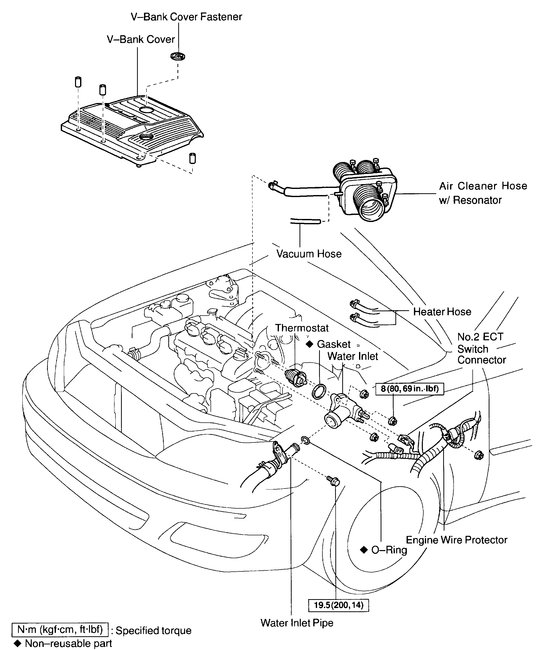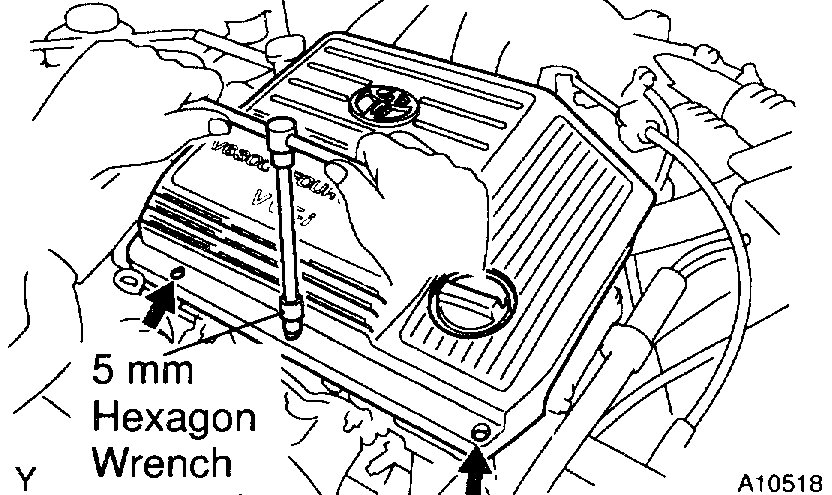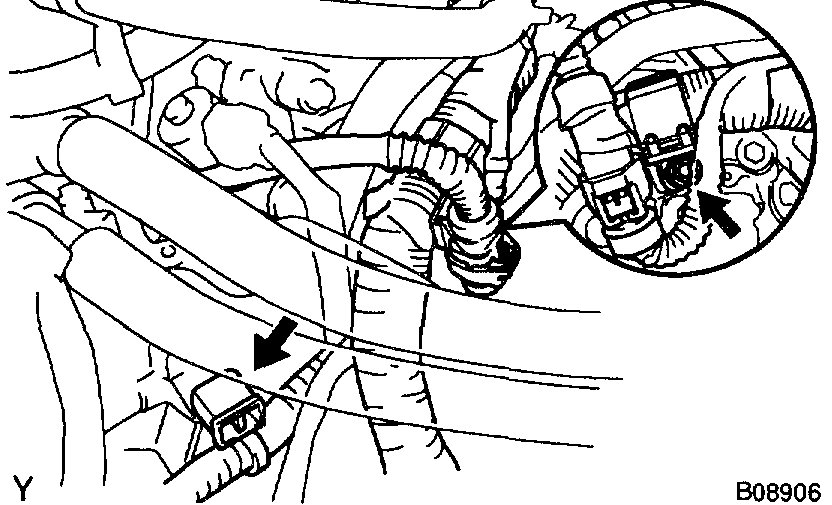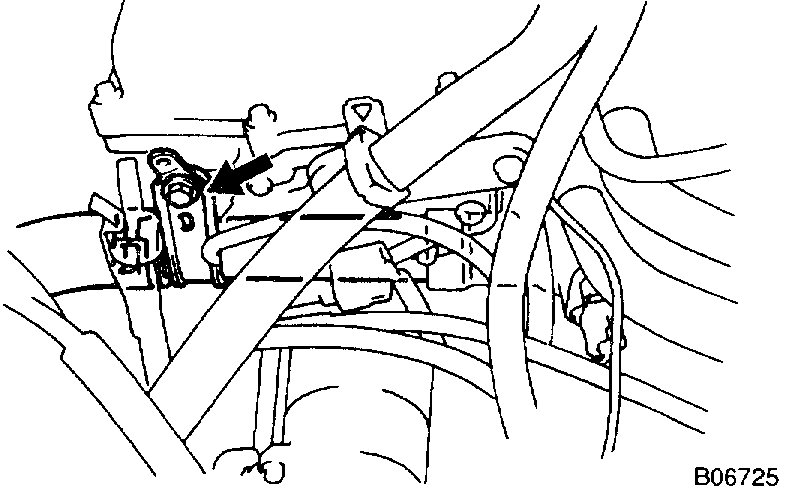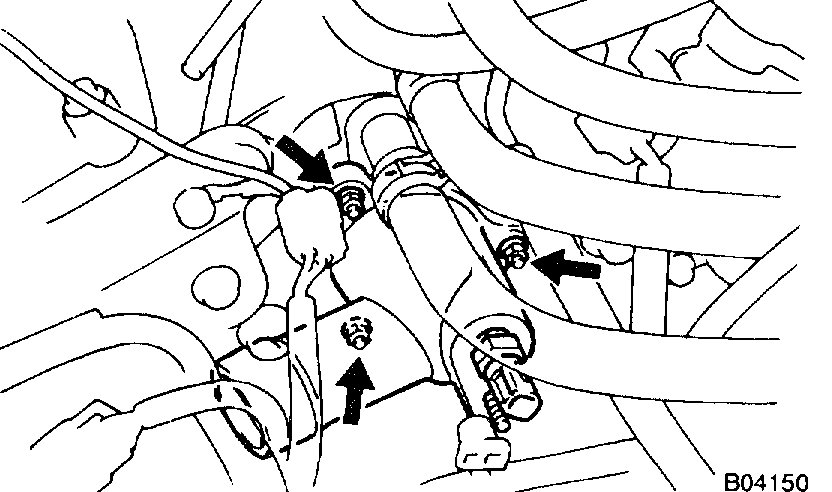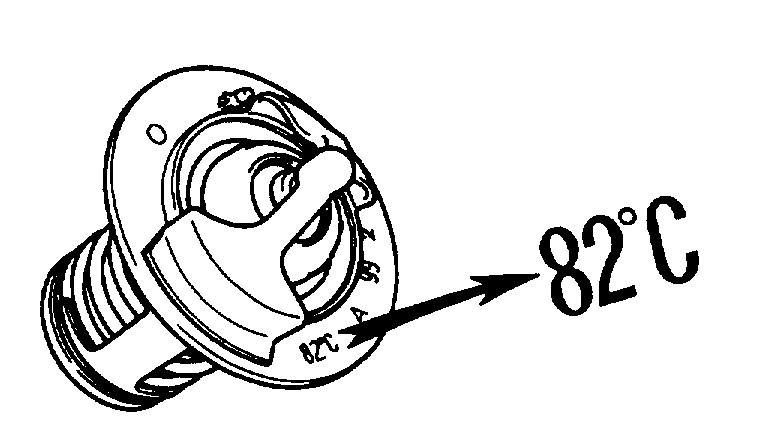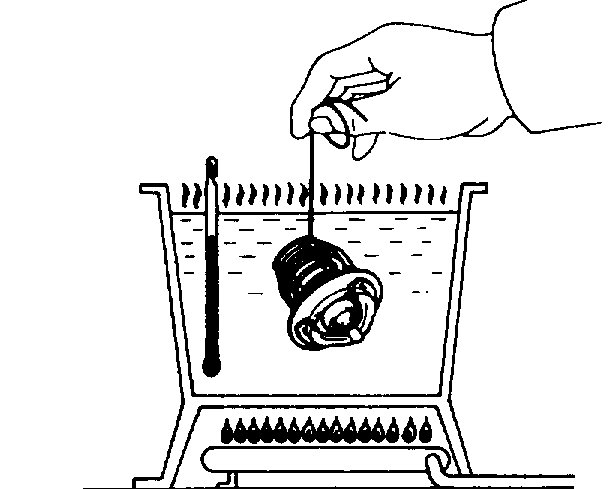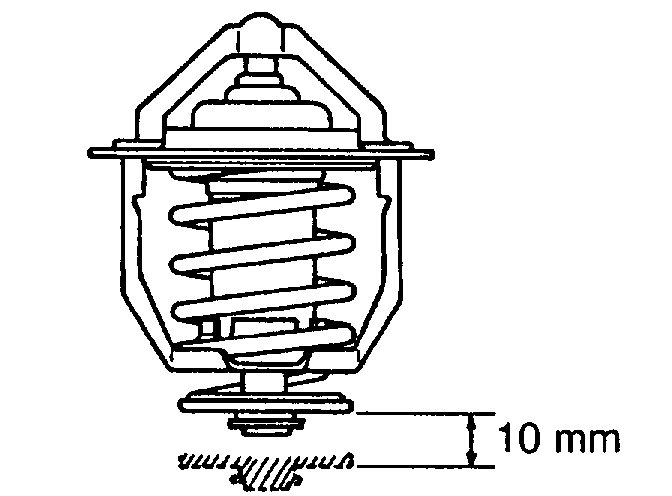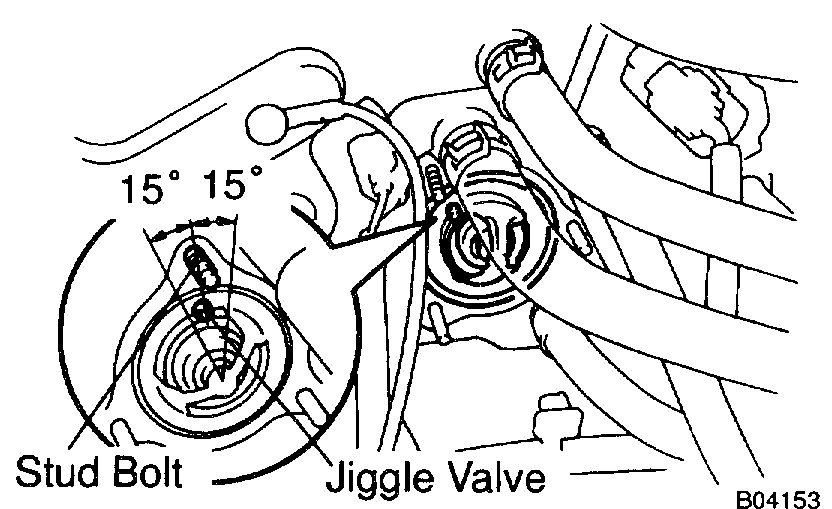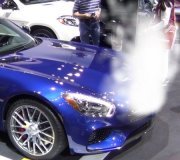Hi,
Here is what I suggest. With the engine cold, remove the rad cap and start the engine. Does the water / coolant shoot from the radiator? If not and there is no evidence of air bubbles in the coolant, I would replace the thermostat. The reason behind checking if coolant shoots out is this. If the head gasket is bad, it's possible for compressed air to get into the cooling system. I also wanted to ask if the radiator cap was replaced?
____________________
Take a look through this link. It discusses what to look for if you question a head gasket related issue.
https://www.2carpros.com/articles/head-gasket-blown-test
____________________
If you check the things indicated in the above link and find no issues, I would replace the thermostat.
https://www.2carpros.com/articles/how-an-engine-thermostat-works
https://www.2carpros.com/articles/replace-thermostat
__________________________
Here are directions specific to this vehicle for checking and replacing the thermostat. The attached pics correlate with the directions.
_______________________________
2001 Toyota Avalon XL V6-3.0L (1MZ-FE)
Procedures
Vehicle Engine, Cooling and Exhaust Cooling System Thermostat Service and Repair Procedures
PROCEDURES
imageOpen In New TabZoom/Print
REMOVAL
HINT: Removal of the thermostat would have an adverse effect, causing a lowering of cooling efficiency. Do not remove the thermostat, even if the engine tends to overheat.
1. DRAIN ENGINE COOLANT
pic 1
2. REMOVE V-BANK COVER
a. Using a 5 mm hexagon wrench, remove the 3 cap nuts.
b. Loosen the V-bank cover fastener counterclockwise.
c. Remove the V-bank cover.
3. WARM UP ENGINE
Allow the engine to warm up to normal operating temperature.
4. REMOVE AIR CLEANER HOSE WITH RESONATOR
5. DISCONNECT HEATER HOSES
6. DISCONNECT NO.2 ECT SWITCH CONNECTOR
pic 2
7. DISCONNECT ENGINE WIRE PROTECTOR FROM WATER INLET AND RH CYLINDER HEAD
Remove the nut and disconnect the clamp, and disconnect the engine wire protector from the water inlet and cylinder head.
pic 3
8. DISCONNECT WATER INLET PIPE FROM WATER INLET AND LH CYLINDER HEAD
a. Remove the bolt, and disconnect the inlet pipe from the water inlet.
b. Remove the O-ring from the inlet pipe.
pic 4
9. REMOVE WATER INLET AND THERMOSTAT
a. Remove the 3 nuts, water inlet and thermostat.
b. Remove the gasket from the thermostat.
INSPECTION
INSPECT THERMOSTAT
pic 5
HINT: The thermostat is numbered with the valve opening temperature.
pic 6
a. Immerse the thermostat in water and gradually heat the water.
b. Check the valve opening temperature.
Valve opening temperature: 80 - 84°C (176 - 183°F)
If the valve opening temperature is not as specified, replace the thermostat.
pic 7
c. Check the valve lift.
Valve lift: 10.0 mm (0.394 inch) or more at 95°C (203°F)
If the valve lift is not as specified, replace the thermostat.
d. Check that the valve is fully closed when the thermostat is at low temperatures (below 40°C (104°F)). If not closed, replace the thermostat.
INSTALLATION
1. PLACE THERMOSTAT IN WATER PUMP
a. Install a new gasket on to the thermostat.
pic 8
b. Align the thermostat jiggle valve with the upper stud bolt, and insert the thermostat in the water inlet housing.
HINT: The jiggle valve may be set within 15° of either side of the prescribed position.
2. INSTALL WATER INLET
Install the water inlet with the 3 nuts.
Torque: 8 Nm (80 kgf-cm, 69 inch lbs.)
3. INSTALL WATER INLET PIPE
a. Install a new O-ring to the water inlet pipe.
b. Apply soapy water to the O-ring.
c. Connect the water inlet pipe to the water inlet.
d. Install the bolt holding the water inlet pipe to the LH cylinder head.
Torque: 19.5 Nm (200 kgf-cm, 14 ft. lbs.)
4. INSTALL ENGINE WIRE PROTECTOR
5. CONNECT NO.2 ECT SWITCH CONNECTOR
6. CONNECT HEATER HOSES
7. REINSTALL AIR CLEANER HOSE WITH RESONATOR
8. INSTALL V-BANK COVER
a. Using 5 mm hexagon wrench, install the V-bank cover with the 3 cap nuts.
b. Press down the V-bank cover fastener.
9. FILL WITH ENGINE COOLANT
10. START ENGINE AND CHECK FOR LEAKS
11. RECHECK ENGINE COOLANT LEVEL
__________________________________________________
Let me know if this helps or if you have questions.
Joe
Images (Click to make bigger)
Thursday, December 12th, 2019 AT 4:22 PM
